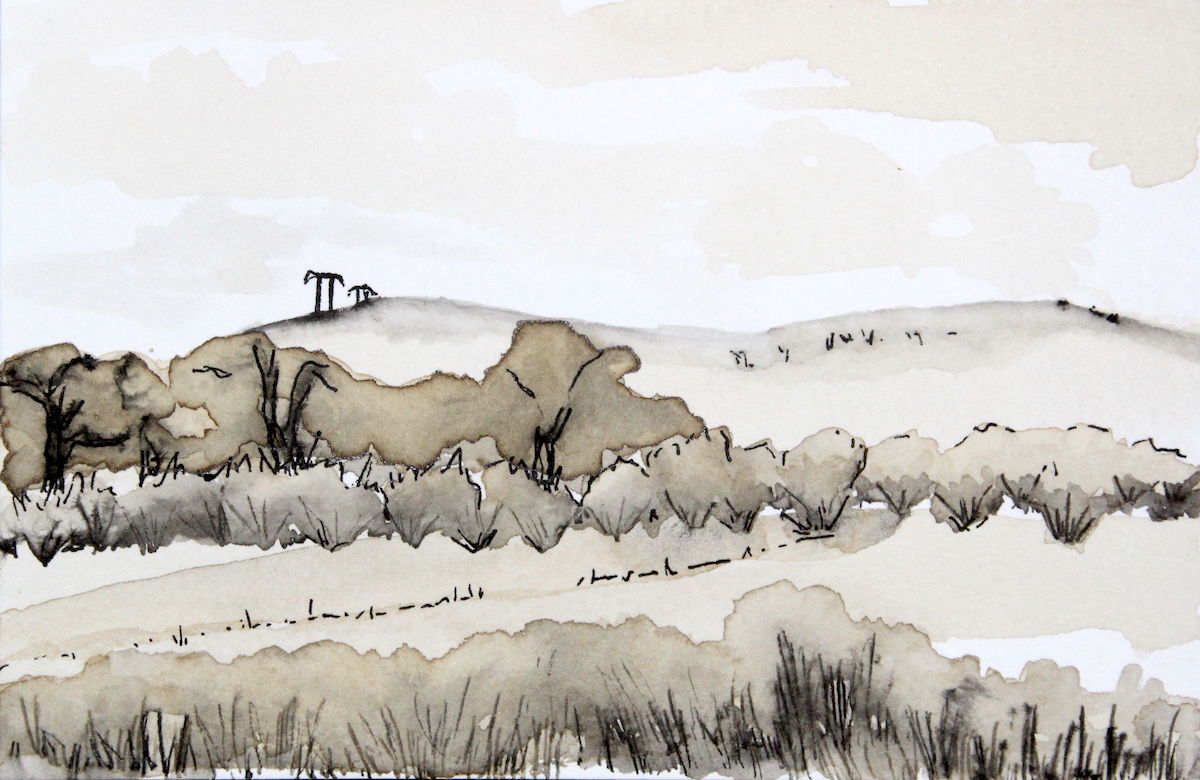Expose a child to a particular environment at his susceptible time and he will perceive in the shapes of that environment until he dies…immerse me in the old sun and space, return me to the big geometry of the prairie and the tension of that prairie wind…they lie in me like underground water; every well I put down taps them. Wallace Stegner in Marking the Sparrow's Fall
Is this place where the Great Plains butt up to the Rockies my underground water? Was I marked by this landscape as a young child? Is that why I am here now? I came here rarely and briefly as a kid, but the “shape and geometry” of this place seems to be in my blood.
What happens when your childhood territory has been lost to development, or appropriation, or decline, or any change? Wallace Stegner’s Cypress Hills, the place he claimed to have shaped his perception, are now a provincial Park with “recreation opportunities.” When the particulars of a place that has marked us change, the impulse is to not return. We want to hold the memory. But I don’t think Stegner was talking about preservation. Being marked by place is not so much about memory, as it is about recognition.
Like the sensuous images persistent from childhood, like the ineradicable attitudes and prejudices, the history of one’s truly native place may be comprehended in the bone and the blood, and one may build a life forward from it as surely as if his past had been learned under savants and memorialized in monuments. Wallace Stegner
I do comprehend this place through blood and bones, but am also driven to history to bring understanding to what I know.


